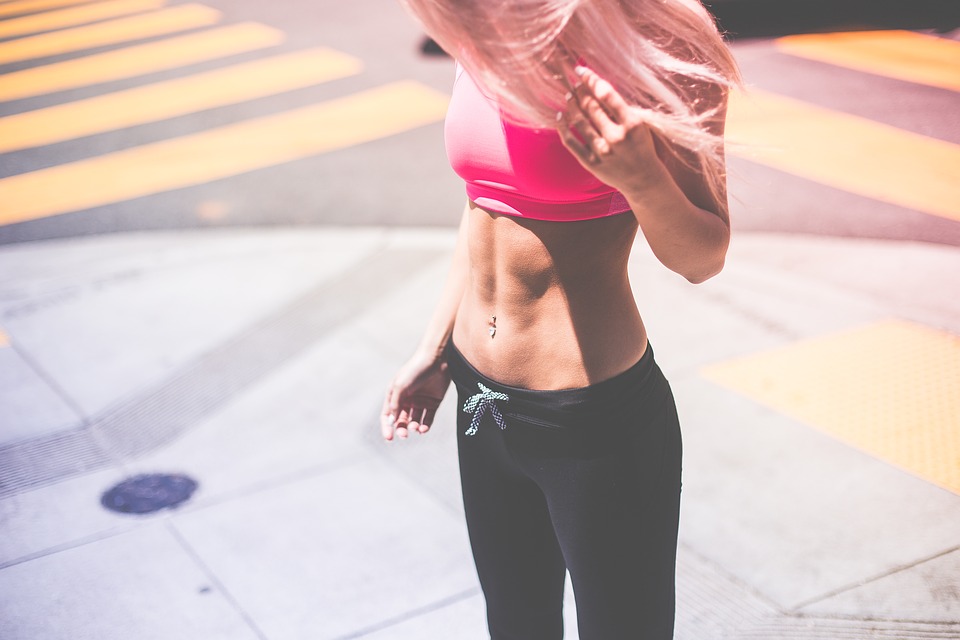
Everybody makes a New Year’s resolution in hopes to better their lifestyle (I know I will be), and the start of 2018 will be no different. However, a resolution that we often hear is people pledging themselves to a new gym regime in a bid to get in shape and become a healthier person. But do influencers have an impact on whether we achieve this?
To find out, I’ve teamed up with Cleveland College of Art and Design, which offers a digital design degree that can help creatives run successful campaigns that will land them their dream job in the industry.
Projecting a message
At one point in time, the word ‘influencer’ would refer to the likes of Rosa Parks and Martin Luther King Jr — people who had a voice to influence the masses for a better change in the world. However, with the advancements in technology and the creation of revolutionary social media platforms, the meaning of that word is now significantly different.
Today’s influencers, from Jim Chapman to Whitney Simmons, are using their online presence to propel messages to millions of people around the globe — and this has created a new trend of marketing. Forget about television adverts and magazine spreads, promoting your brand through influencer marketing is the way forward, as it allows you to be as specific as you please in terms of targeting your already established audience.
Influencer marketing statistics
According to research carried out by the The Leverage Way, 74% of shoppers trust social networks to help them with purchasing decisions, which means that every three in four customers look for guidance from friends, family and influencers.
Almost half of consumers (49%) rely on influencer recommendations when it comes to shopping with a brand and if you’re not already using influencers to help promote your product or service, you could be losing out big time.
The same source said that 47% of consumers have an ‘ad-block’ extension enabled when they’re browsing the internet. This means that if a customer is already following an influencer, they’re guaranteed to see a post that they share. Only 14% of people who did not use an ad-block extension said that they can remember what they saw in an advertisement.
But where are these influencers present? When it comes to promoting sportswear, Instagram seems to be the popular place for inspiration. This social media magnet has 800 million monthly active users and 500 million users who check the app each day.
The top 20 fitness influencers on Instagram have a combined following of over 90 million. Catering to quite a niche audience, they come from all types of backgrounds whether this is being a bodybuilder, personal trainer or someone on a journey to becoming a healthier person.
Successful fitness brands that have collaborated with influencers
Gymshark is notably one of the fastest growing fitness company in the UK, and even ranked #1 in the Sunday Times Fast Track 100. Starting out in a garage where a group of teenagers would print logos onto fitness wear, Gymshark is now a leading clothing brand. It currently has a combined social following of 3 million highly engaged followers, with 1.8 million on Instagram alone, and prides itself on using influencers (calling them ‘Gymshark Athletes’) to promote its products. An example of an influencer who is used by Gymshark would be Whitney Simmons, who has an Instagram following of 1.1 million.
Nike Women, a campaign ran by Nike, used influencers of all backgrounds and careers to help empower women to become more active. Nike Women is predominately run on Instagram, with an astonishing 7.3 million followers who are all turning to inspiring women for their own motivation. Influencers on the campaign range from bloggers, vloggers, models, and actors, to real athletes with a range of different followers hoping to make a difference in the world. This campaign tries to not be exclusive, highlighting that size and looks do not matter and that in fact, empowered women empower women.
It’s important to understand that those with a social media following can influence an audience. Brands that use this to their advantage to promote a product or service will reap the benefits of exposure and likely increase sales.




Leave a Reply